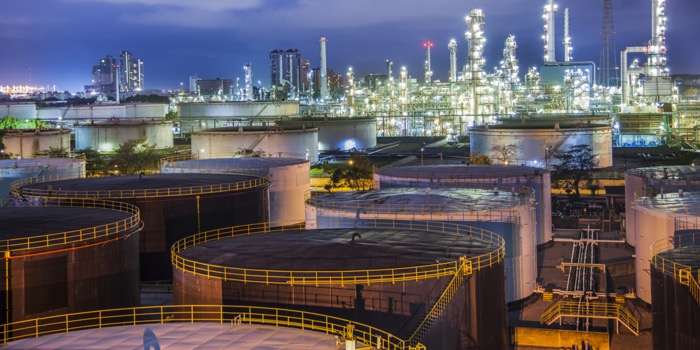CEDIGAZ, the international association for natural gas, publishes First Estimates 2020
First Estimates 2020 has just been released by the international association for natural gas, CEDIGAZ. In it, it said in 2019, slower economic growth, Chinese policy changes and a mild winter caused global gas demand growth to slow in a context of oversupply, resulting in a growing LNG surplus and much lower prices.
Global natural gas consumption reached 3948 billion m3 in 2019, a 2.3 per cent growth from 2018, according to the report. As in 2018, the US and China were the two main growth centres, accounting for 31 per cent and 27 per cent of the global increase, respectively.

The main factor behind growth, it said, was the switching from coal and oil to natural gas in the power and industry sectors, which was prompted by the competitiveness of natural gas thanks to a growing abundant low-cost supply.
Demand was also strong in the EU (+ 2.4 per cent), Asia-Oceania (Australia, India), North Africa (Algeria), the Middle East (Iran) and OECD Americas (Canada, Chile). But natural gas demand declined in the CIS (Russia, Ukraine), mainly as a result of a mild winter.
Global marketed gas production was up 3.5 per cent to 4,001 billion m3 in 2019, “corresponding to an annual incremental volume of 136 billion m3”, the report said.
It went on to say that the growth in natural gas demand has slowed down from 5 per cent in 2018 to 2.3 per cent in 2019, returning to what it referred to as “the average annual growth rate observed since the start of the century”.
It said: “This was notably the case in the US and Europe. Thus, natural gas has remained the main beneficiary of the energy demand growth, to the detriment of coal in particular, causing its share in the energy mix to expand further.”
But the expansion of natural gas demand in those two markets slowed down compared to the previous years in a context of weakening economic growth. This was also the result of weather factors as well as the relaxation of Chinese policy on coal-to-gas switching.
It added: “Almost 40% of the global gas supply growth was dedicated to LNG exports, the remaining volume was consumed domestically. The US alone explained around two-thirds of the global increase. US dry gas production growth (+ 10%) was, in part, driven by a growth of associated gas from oilfields and by new gas pipeline capacity.”
Other significant increments were provided by Australia, China, Russia and Egypt. While European gas production fell by 7 per cent, resulting in a growing external dependence.
The report said: “International gas trade (net flows) grew at a robust rate of 3.8% to 992 billion m3 in 2019. This growth can be only attributed to the surge of LNG supply (+ 12.6%), which more than offset a significant reduction in pipeline flows (- 4.3%).”
US gas production continued to increase at a much faster rate than consumption, thereby creating a large surplus destined for exports. In 2019, the US entered the rankings of the top-ten exporters to become the fifth largest natural gas exporter worldwide.
But as global supply capacity growth outpaced demand growth, (resulting in massive storage injections), pot gas prices fell abruptly in 2019. It said spot prices on the Asian and European markets plunged by more than 40 per cent compared to 2018, resulting in a decoupling between oil-indexed and spot prices.
For more information visit www.cedigaz.org
15th May 2020

















